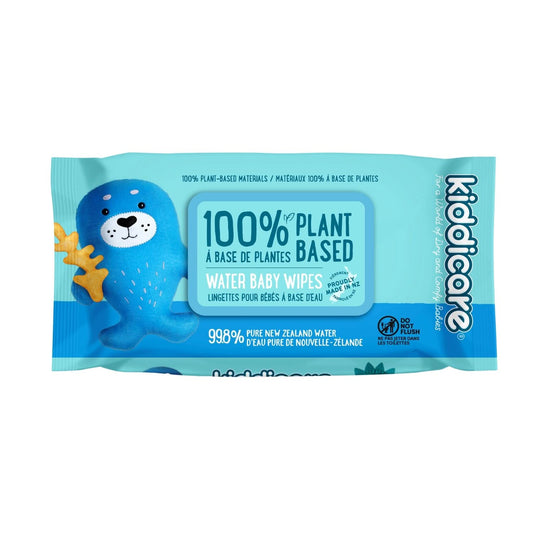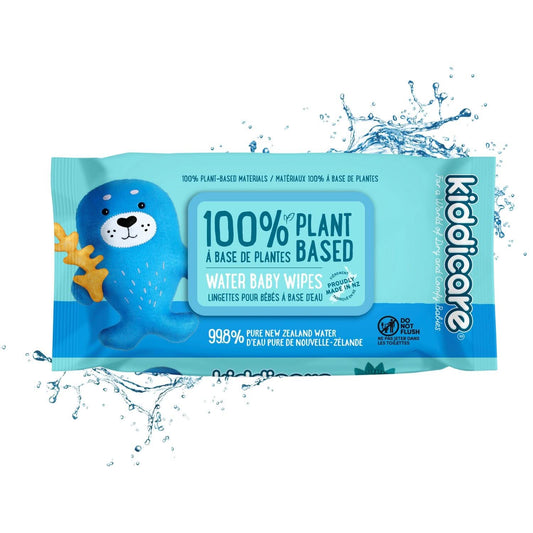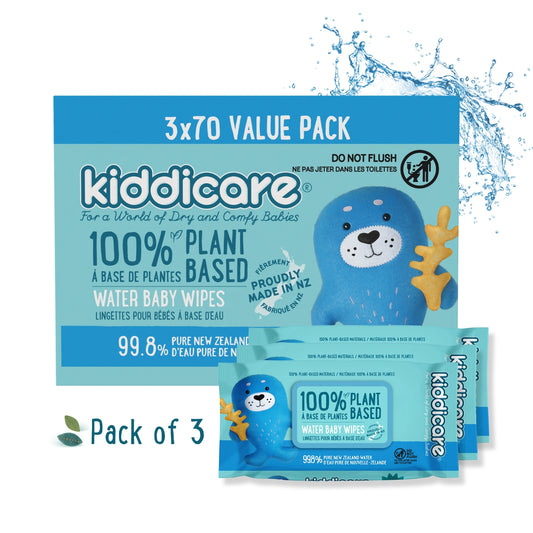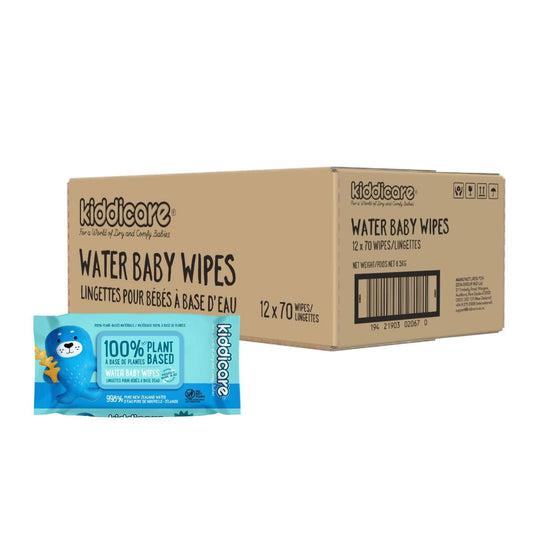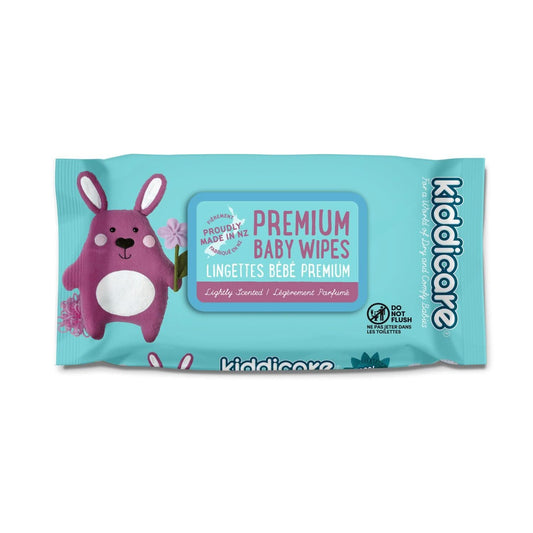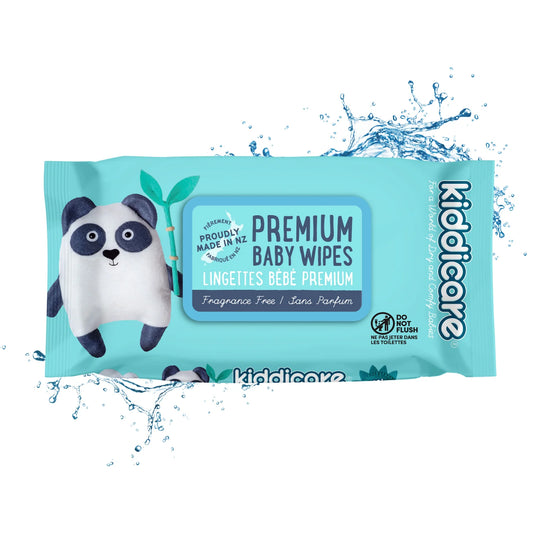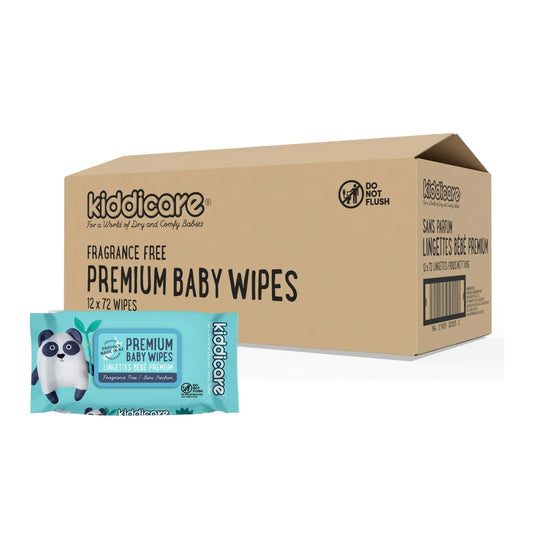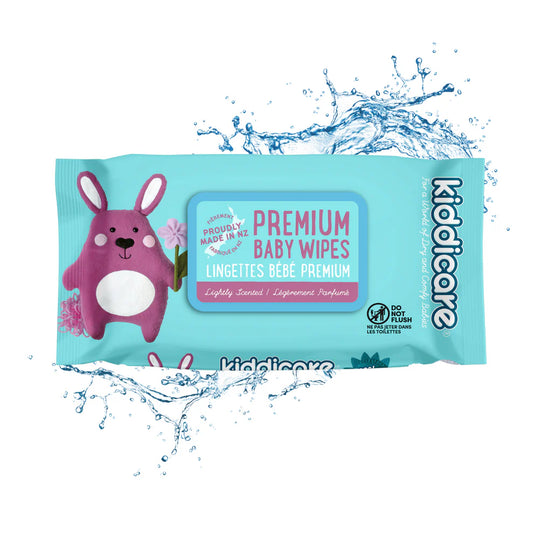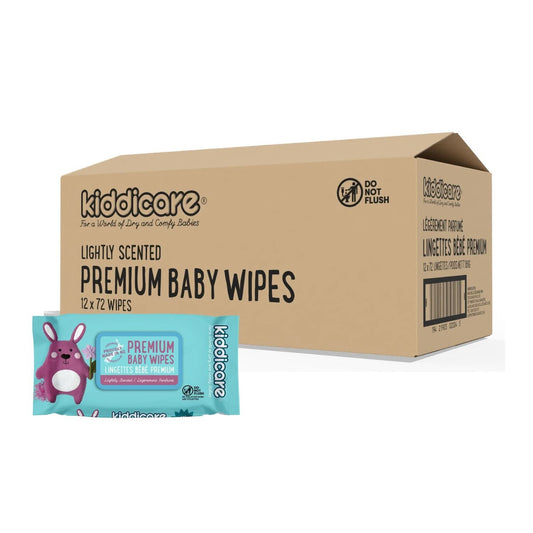
The Right Way to Store Breast Milk: A Step-by-Step Guide
Breastfeeding is one of the most natural and nurturing ways to care for a baby. Yet, in today's busy world, mothers often need to pump and store breast milk, whether to return to work, manage supply, or simply allow other caregivers to feed the baby. But here's the challenge: storing breast milk properly is essential to keep it safe, nutritious, and ready when your baby needs it.
If you've ever wondered How long can breast milk stay out?, What's the best storage container? Or how do you thaw frozen breast milk safely? You're in the right place.
This step-by-step guide will cover everything you need to know about storing breast milk properly, from pumping to feeding, while keeping safety, freshness, and convenience in mind.
Why Proper Breast Milk Storage Matters
Breast milk is often called "liquid gold" and for good reason. It contains the perfect balance of nutrients, antibodies, and enzymes tailored to your baby's needs. However, breast milk is also highly perishable. Improper storage can:
- Cause bacterial growth
- Decrease nutritional value
- Alter taste and smell.
- Waste precious pumped milk.
By following proper guidelines, you can:
- Protect your baby's health
- Save time and effort.
- Reduce waste
- Keep breastfeeding flexible and stress-free
Here Are the Steps to Store Breast Milk
Step 1: Wash Hands and Prepare Clean Equipment
Before handling breast milk, always wash your hands thoroughly with soap and warm water for at least 20 seconds. Dry them with a clean towel or air dry.
Your pumping and storage equipment should also be cleaned and sterilised:
- Breast pump parts: Wash in warm, soapy water and let air dry completely.
- Bottles or containers: Use BPA-free, food-grade storage bottles or breast milk storage bags.
- Labels and markers: Have waterproof labels or tape ready to mark the date and time.
💡 Pro Tip: Dedicate a separate brush or basin to clean pump parts to avoid cross-contamination.
Step 2: Choose the Right Storage Container
Not all containers are created equal. The right choice can extend freshness and prevent leaks.
Best Options for Breast Milk Storage
-
Breast milk storage bags
- Explicitly designed for freezing milk.
- Space-saving and disposable.
- Pre-sterilised and convenient.
-
Glass bottles
- Durable and eco-friendly.
- Less likely to absorb odours.
- It can be harder to store in bulk.
-
BPA-free plastic bottles
- Lightweight and safe.
- Reusable but may stain over time.
🚫 Avoid regular plastic bags or disposable bottle liners as they can tear, leak, and are not sterile for milk storage.
Step 3: Label Your Milk Clearly
Every ounce counts! To stay organised:
- Write the date and time you pumped.
- Add your baby's name if storing at daycare.
- Use waterproof labels to prevent smudging.
💡 Pro Tip: Always use the oldest milk first (first in, first out).
Step 4: Know the Breast Milk Storage Guidelines
Here's a quick chart you can bookmark for reference:
|
Storage Location |
Freshly Expressed Breast Milk |
Thawed (Previously Frozen) Breast Milk |
|
Room Temperature (up to 77°F / 25°C) |
Up to 4 hours |
Up to 2 hours |
|
Insulated Cooler Bag (with ice packs) |
Up to 24 hours |
Do not refreeze |
|
Refrigerator (40°F / 4°C) |
Up to 4 days |
Up to 24 hours |
|
Freezer (-18°C / 0°F or colder) |
Up to 6 months (best) – 12 months (acceptable) |
Do not refreeze |
⚠️ Important: These are general guidelines recommended by the CDC and American Academy of Paediatrics. Always consult your healthcare provider for individual advice.
Step 5: Storing Breast Milk in the Refrigerator
When storing in the fridge:
- Place milk at the back, where it's coldest (not in the door).
- Store in small portions (2–4 ounces) to reduce waste.
- Leave some space at the top of the container for expansion.
💡 Pro Tip: If you pump multiple times in a day, you can combine milk from the same pump run at the same temperature. Chill freshly expressed milk in the fridge first before mixing with already refrigerated milk.
Step 6: Freezing Breast Milk Properly
Freezing allows you to build a milk stash for later use. Here's how:
- Cool milk in the fridge first before freezing.
- Lay storage bags flat to save space.
- Don't overfill containers, leave about 1 inch at the top.
- Label with date and place, and put the oldest milk in front.
💡 Pro Tip: Use a "milk stash organiser" or even a shoebox system to keep your freezer tidy.
Step 7: Thawing Breast Milk Safely
Thawing incorrectly can destroy nutrients or create hot spots. Follow these steps:
- Thaw in the refrigerator overnight (safest).
- For quicker use, place the sealed container in a bowl of warm water.
- Gently swirl (don't shake) to recombine the fat layers.
- Never microwave breast milk, as it can create uneven hot spots and destroy nutrients.
⚠️ Once thawed, do not refreeze breast milk.
Step 8: Warming Breast Milk Before Feeding
Some babies drink cold milk, but if your little one prefers it warm:
- Place the sealed bottle or bag in a bowl of warm water or use a bottle warmer.
- Test the milk temperature by placing a drop on your wrist; it should feel lukewarm, not hot.
- Feed your baby immediately after warming.
💡 Pro Tip: Avoid heating directly on the stove or in boiling water.
Step 9: Handling Leftover Milk
Babies don't always finish their bottles. Here's what to do:
- Use leftover milk within 2 hours of feeding.
- Discard any remaining milk after that time to prevent bacterial growth.
💡 Pro Tip: Store smaller portions (2–3 oz) to minimise waste.
Step 10: Building a Breast Milk Freezer Stash
Many working moms or parents planning travel find it helpful to build a milk stash.
Tips for success:
- Pump at the same time daily for consistency.
- Freeze milk in small, labelled bags.
- Rotate older milk to the front.
- Keep a written log or use an app to track your supply.
Common Breast Milk Storage Mistakes to Avoid
- Forgetting to label bags → leads to confusion about expired milk.
- Overfilling containers → causes leaks when frozen.
- Leaving milk in the door of the fridge → inconsistent temperature.
- Shaking milk vigorously → can damage delicate proteins.
- Microwaving breast milk → hot spots + nutrient loss.
If you need wipes or nappies nearby while feeding or changing, check out Kiddicare's range of gentle, fragrance-free wipes and snug, leak-resistant nappies. Visit kiddicare.co.nz to browse styles parents love and read honest customer reviews.
Summary
Breast milk is one of the most valuable gifts a parent can provide, but it needs to be handled and stored with care. By following the proper steps, washing hands and equipment, choosing the right containers, labelling correctly, storing at safe temperatures, freezing properly, and thawing safely, you can ensure your milk stays fresh, secure, and nutritious.
Here's a quick recap:
- Room temperature: up to 4 hours
- Cooler with ice packs: up to 24 hours
- Refrigerator: up to 4 days
- Freezer: best within 6 months, acceptable up to 12 months
- Thawed milk: never refreeze, use within 24 hours
Remember to store in small portions, always use the oldest milk first, and discard leftovers after 2 hours of feeding. Avoid common mistakes like overfilling containers, shaking milk, or using unsafe storage bags.
With the proper storage practices, you can protect your "liquid gold" and make feeding your baby flexible, safe, and stress-free.





